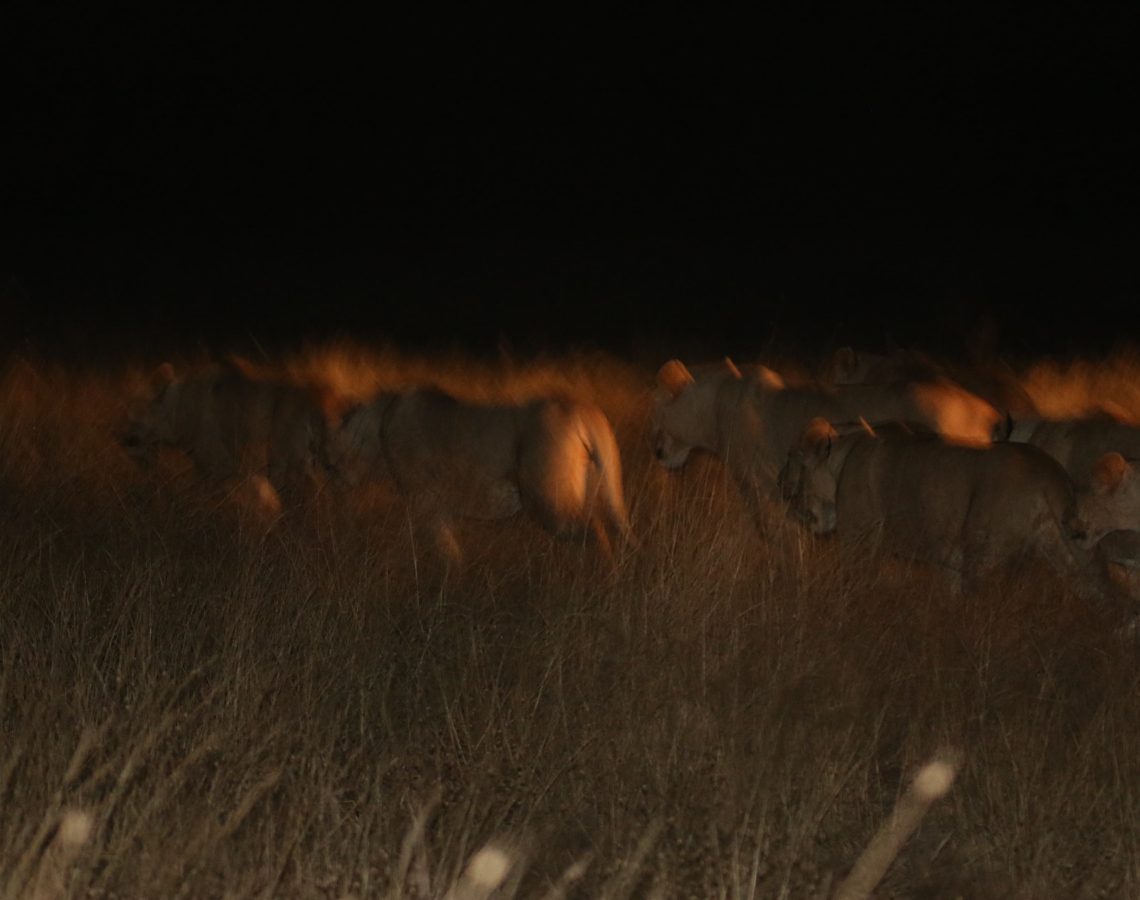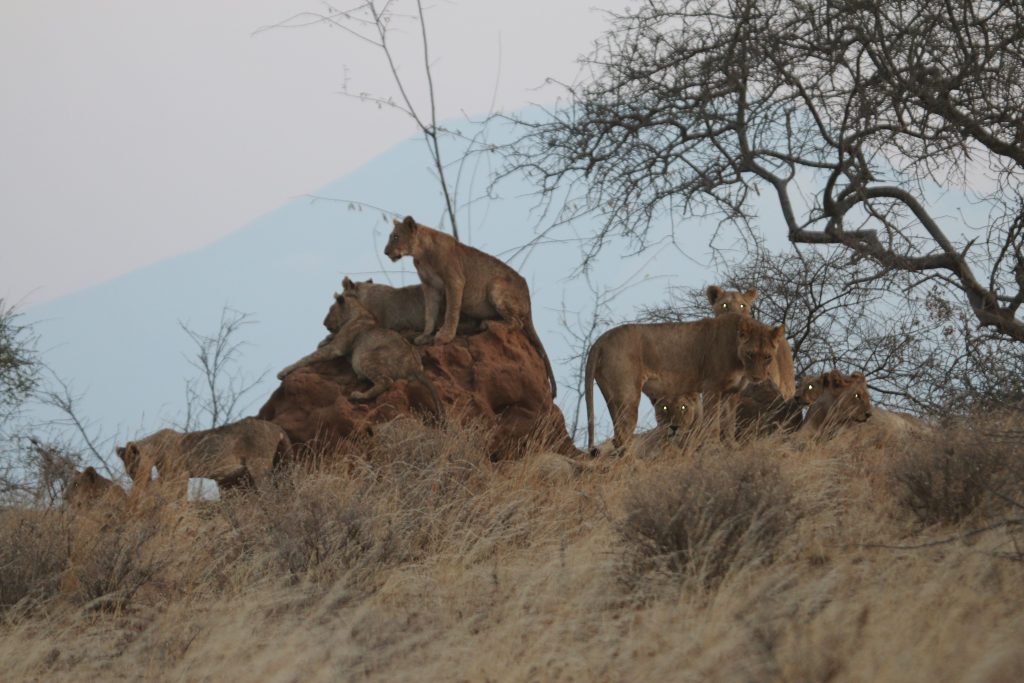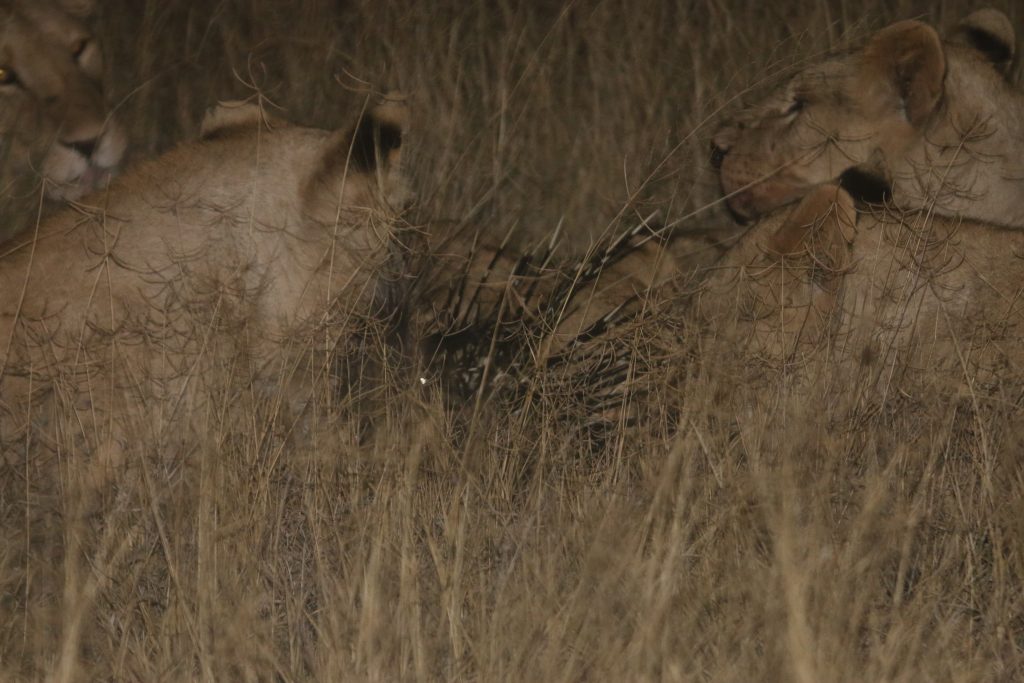An Uneasy Journey Home: The Return of Neiti’s Pride

In the golden grasslands and acacia-dotted horizons of Amboseli National Park, there exists a pride of lions known far and wide, Neiti’s Pride. Long has this pride ruled the wild reaches of this renowned reserve, a living emblem of natural dominance. But in recent weeks, a troubling pattern emerged, one that would test not only the limits of human endurance, but the very fabric of coexistence between humans and wildlife.
Led by two formidable and fiercely intelligent lionesses, Neiti’s Pride began its slow yet deliberate push beyond the secure confines of the park. A scarcity of wildlife within the park, driven by shifting grazing patterns and water sources, coupled with the need to shield their young cubs from rival males in Amboseli National Park, are among the pressures pushing the pride to seek new territory. Moving past the familiar neighbouring villages, whose residents have grown up with tales and sightings of this very pride. Neiti’s Pride began eyeing the expansive, livestock-rich territories of the pastoralist communities. This time, however, the direction of their movement filled our Lion Guardians team with unease.
When the pride was first sighted in the semi-open plains of Oloilalei, the team responded with swift resolve. Every effort was made to gently shepherd the lions back towards the sanctuary of the park, their only true haven in an increasingly perilous landscape. And so began an arduous operation, one that would become a mobile camp of vigilance and perseverance.
Lion Guardians established a mobile conflict camp, a temporary, movable base that could shadow the pride’s unpredictable movements across the region. The effort was nothing short of herculean. The Conflict camp was led by Field Biologists, James Silankei and Kisimir Masama, working in turns with support from the team at HQ. Guardians rotated weekly in shifts to ensure around-the-clock monitoring and intervention.
Yet looming ahead was a region that filled all with quiet dread: Osewan. Dense with tangled thickets, hidden ravines, and foot-swallowing hollows, Osewan is the sort of place even the most experienced herders avoid. Vehicles become liabilities; foot travel, a test of will. And despite our efforts, the worst came to pass—the pride slipped, almost ghostlike, into this tangled wilderness overnight. Once there, their presence was unmistakable. Opportunistic and emboldened, they struck at any unguarded livestock. The terrain made intervention nearly impossible.
Understanding the severe consequences of retaliatory action, often swift and unforgiving, the Guardians turned to the communities. Conversations were held, warnings issued, and livestock were carefully redirected to safer grounds. The team’s response was immediate.
As if Osewan weren’t challenge enough, the pride, now emboldened and undeterred, crossed into Matapato, further complicating the situation. In Mailua, whispers began to spread like wildfire—rumours of “14 lions on the loose” stoked fear and tension in already anxious communities.
Recognizing the urgency of the moment, we called for support from our conservation partners: Kenya Wildlife Service (KWS), Big Life Foundation (BLF), IFAW, and SOLARO. Local leadership from Mailua, led by the area chief, played a vital role—joining the operation on the ground and engaging the community to remain patient as efforts were made to guide the lion pride back to safety. United in purpose, we launched a coordinated and determined push to complete this challenging but necessary task.
The terrain was unforgiving. The lions, increasingly assertive. Community anxiety, palpable. But the determination of our combined teams never wavered. This was a test of human endurance, compassion, and conviction.
Finally, a flicker of hope. The pride moved in the direction we had yearned for. At Emurua Oloibor, not far from the park’s boundary, they paused, giving us a chance to regroup. But even here, our reprieve was temporary. With livestock densities high, temptation prowled close, and once again, Lion Guardians set up camp again. A bold attempt by the pride to breach a livestock boma was swiftly and effectively thwarted—thanks to the Guardians’ coordination with local community members.
Then, on 24th June 2025, the pride shifted again, this time towards Olpait in the Meshenani region. With this movement came our final, critical opportunity. Conservation partners were again called in. A plan was forged. The operation would commence at 6:30 PM, precisely when livestock had been returned to safety for the night.
As dusk fell and the stars emerged above Amboseli, a formation of Land Cruisers circled the pride. Slowly, methodically, the teams worked in concert, inching the lions southwards. It was painstaking work—the pride, unpredictable and agile, often veered in unexpected directions. But the teams knew only one truth: for this pride to survive, and for coexistence to prevail, they must return to the park.
And so, under cover of darkness and the quiet urgency of commitment, the operation continued for 10 grueling hours. At last, under the waning moon, Neiti’s Pride was guided home.
On their way back to the national park, the pride ambushed a porcupine—each lioness carrying off a piece of the kill. Just a day later, reports came in that the pride had taken down a wildebeest. This encouraging sign suggests that wild prey may be returning to the park, raising hopes that the pride might remain within its boundaries for sometime.
We extend our deepest gratitude to the Lion Guardians team, whose sleepless nights, cold winds, and distance from family were endured for the sake of this pride and the communities that live alongside them. To our steadfast partners; KWS, BLF, IFAW, and the Maasai communities, we offer our sincere thanks.
This extraordinary mission stands as a powerful reminder: that only through collaboration, compassion, and shared responsibility can we hope to preserve both people’s livelihoods and wildlife’s legacy.
Let Neiti’s journey home remind us all that true coexistence is not passive, it is a constant, courageous commitment.





Leave a Reply